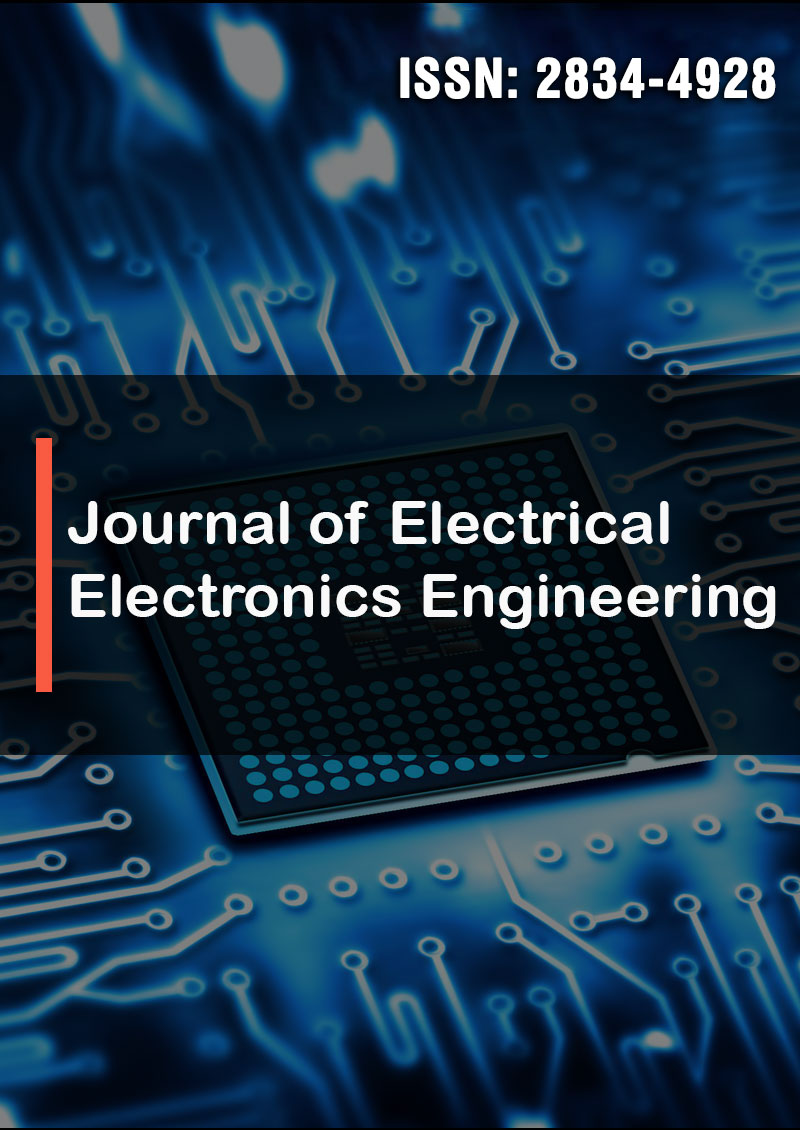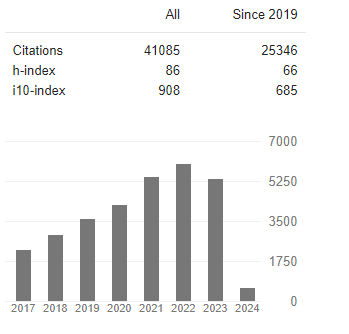GIS and Remote Sensing Based Land Degradation Assessment and Mapping: Case Study Adea Woreda
Abstract
Amanuek Kumsa and Mohammed Assen
Land degradation is an increasing problem in many parts of the world. Success in fighting land degradation requires an improved understanding of its causes, impact, degree and acquaintance with climate, soil, water, land cover and socio-economic factors. The present study aimed to assess the advanced of Remote Sensing (RS) and Geographic Infor- mation System (GIS) to quantify land degradation risk in Adea woreda. Remotely sensed data provide timely, accurate and reliable information on degraded lands at certain time intervals in a cost-effective method. This paper presents the effect of land-use changes on land degradation by utilization of remote sensing and GIS methods due to un wise agriculture and urbanization activities in the period 2000–2022. The analysis is based on the processing of Landsat 7 and Landsat OLI 8 satellite images from 2000 and 2022. In the analysis of satellite images, the supervised classification maximum likelihood method was used. The study demonstrated that about 42.77 % of the study area has undergone very high risk of degradation, whereas 44.26% of the area has undergone moderate degradation. About 12.50% of the total area was characterized by marginally degraded. The results indicated that the salinity, alkalinity and water logging are the main common degradation hazards of the Adea woreda.




